
September 2017
A Simple Tiller Tender
Hands-off sailing
Sponsored By WoodenBoat School

September 2017
Hands-off sailing
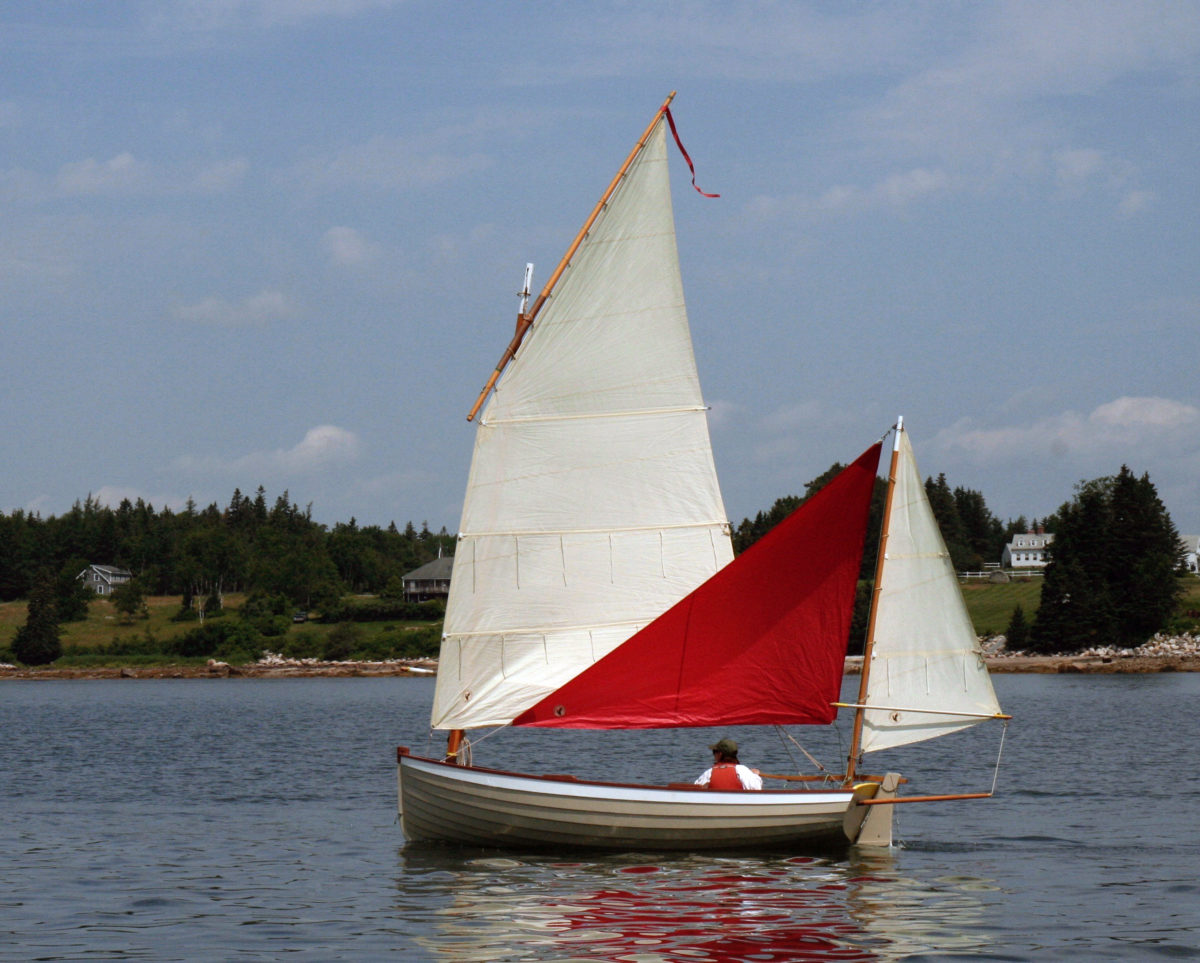
August 2017
Lovely, Useful Things for Light Wind Sailing
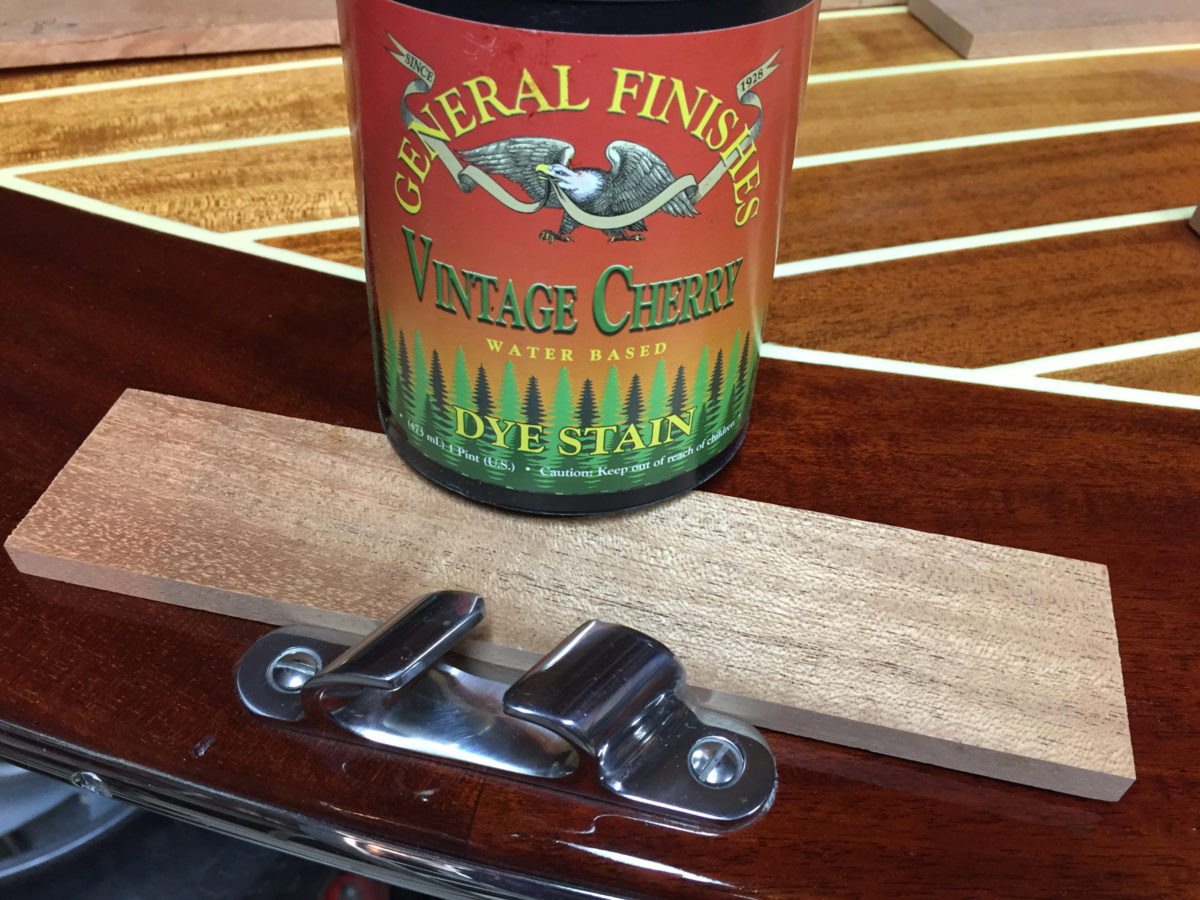
July 2017
Rich Color to Dye For
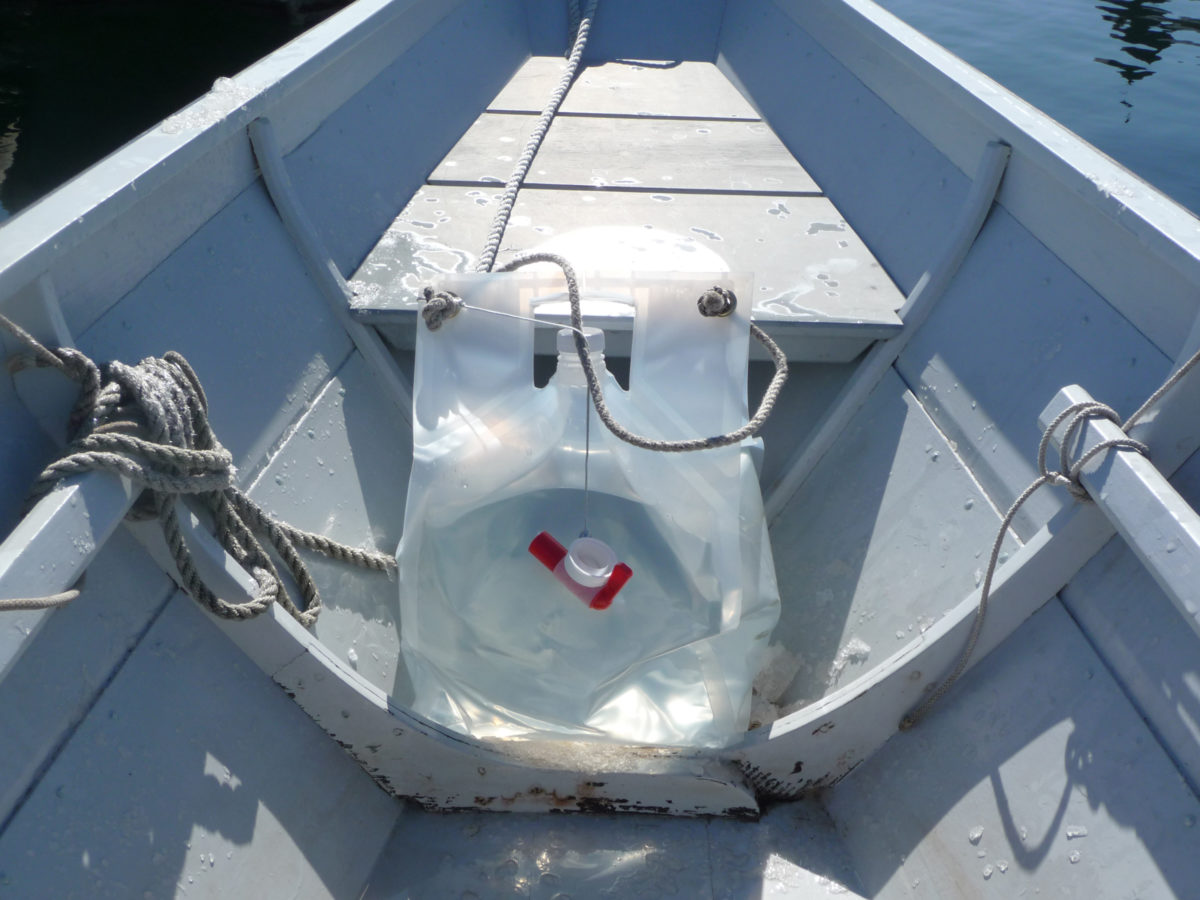
May 2017
Movable weight for easier rowing and sailing
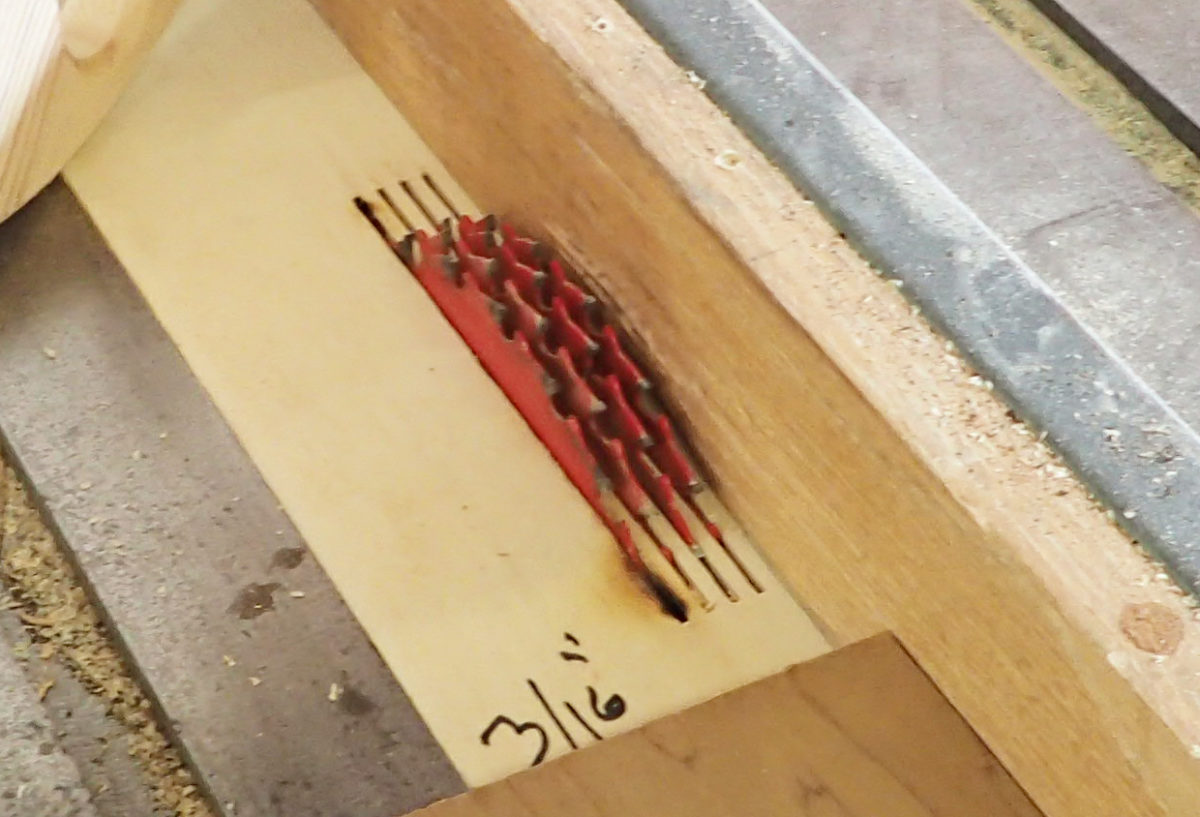
April 2017
Quicker preparation for strip-building and laminating
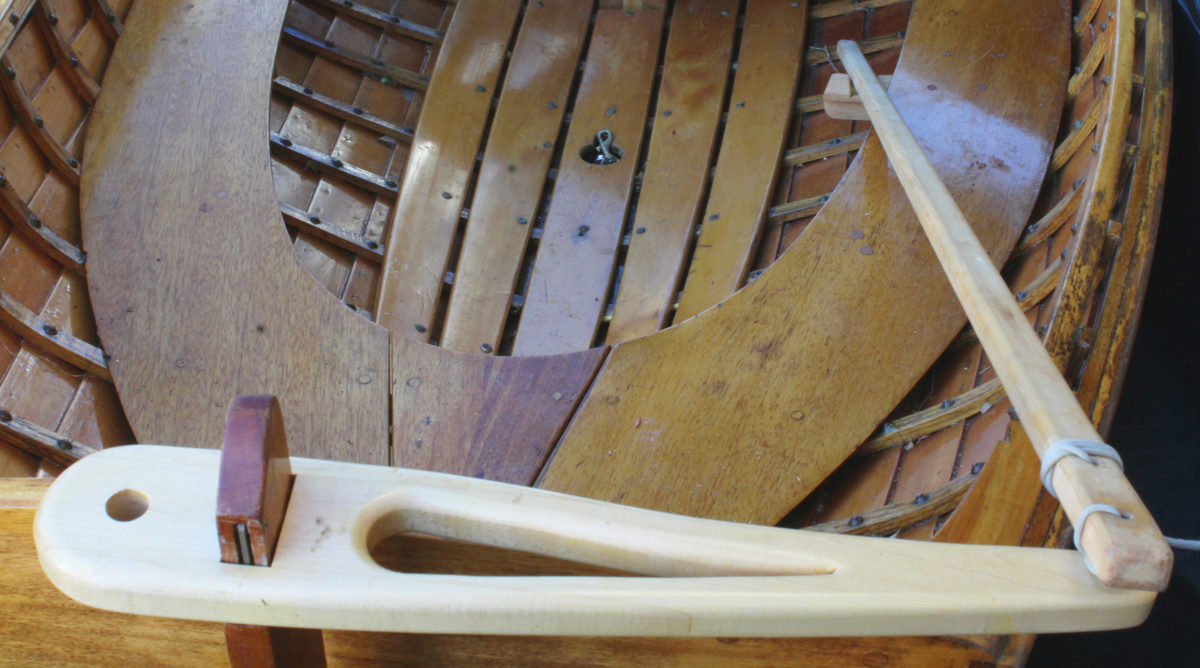
March 2017
Hands-off steering for push-pull tillers
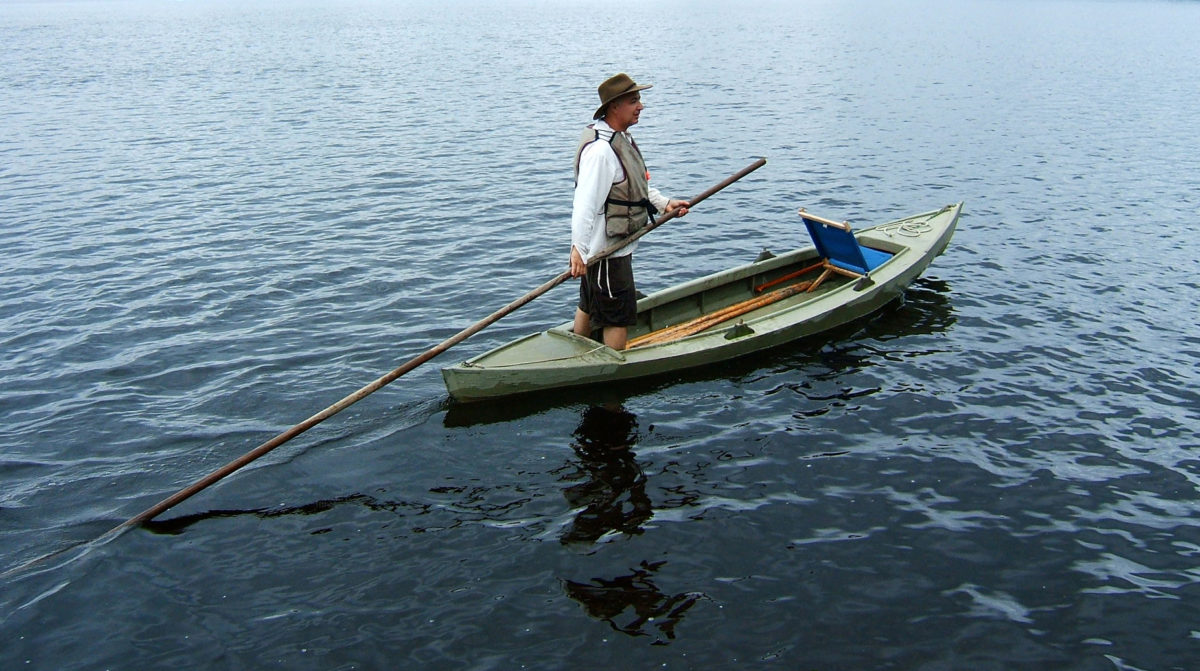
February 2017
Propulsion where motors, oars, and paddles fail
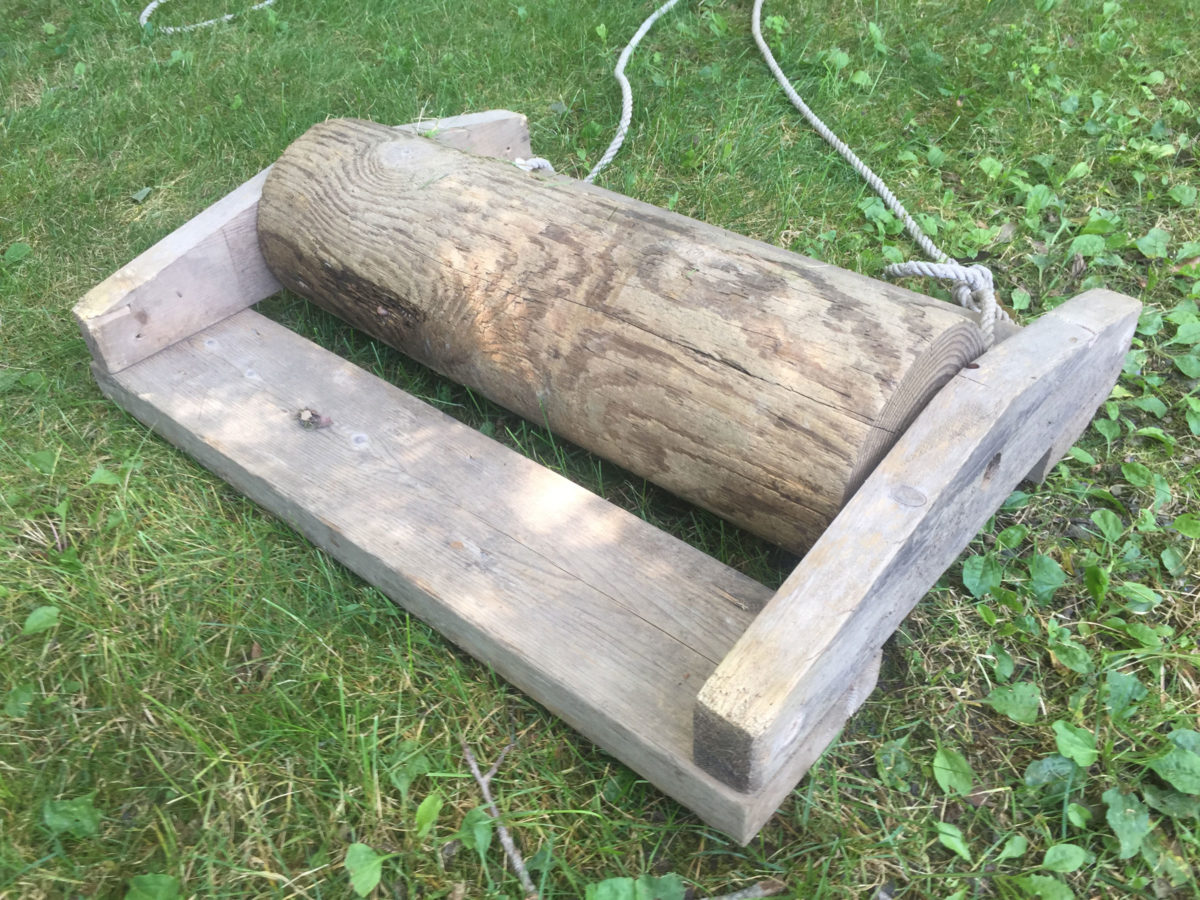
January 2017
Take a load on
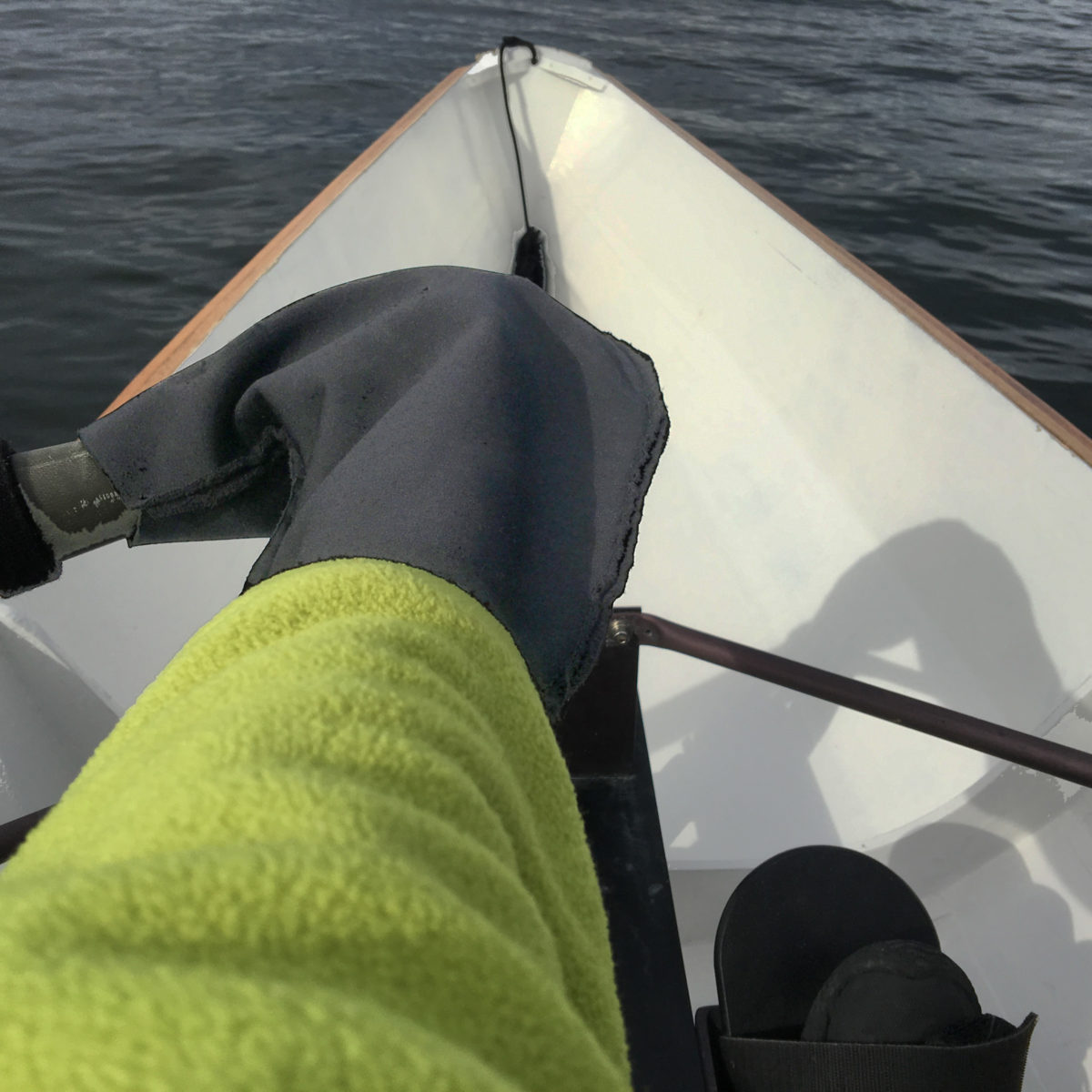
January 2017
Warm Hands in Winter
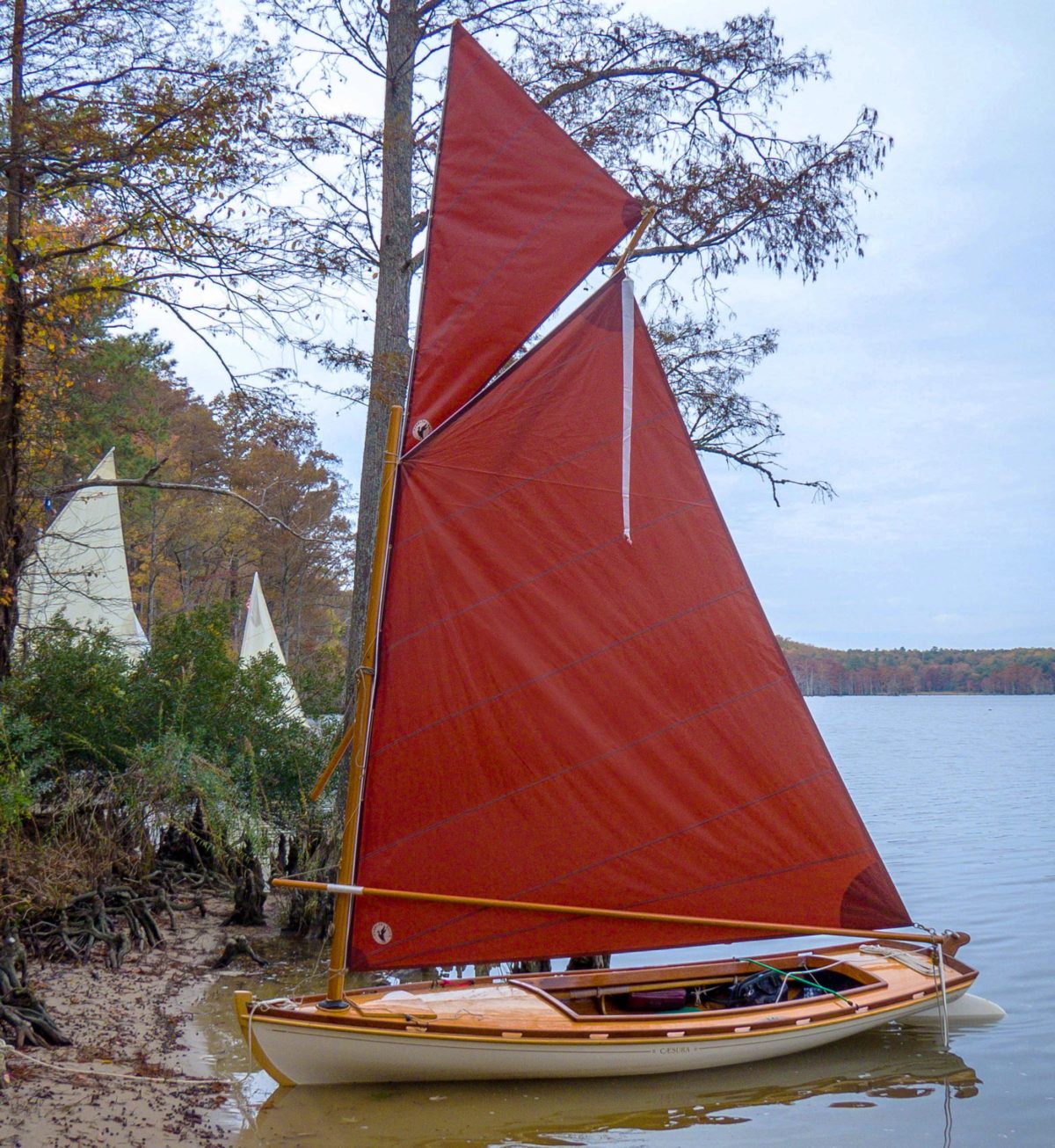
December 2016
A classy addition to a classic rig
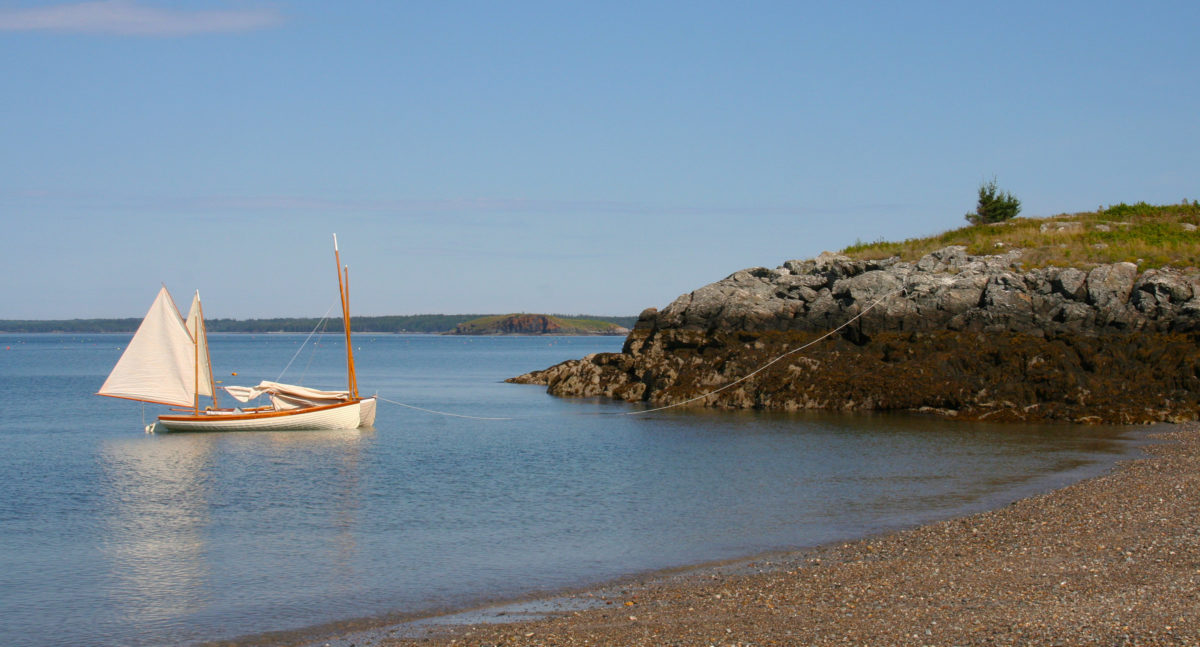
Small Boats Annual 2018November 2016
Variations on anchoring
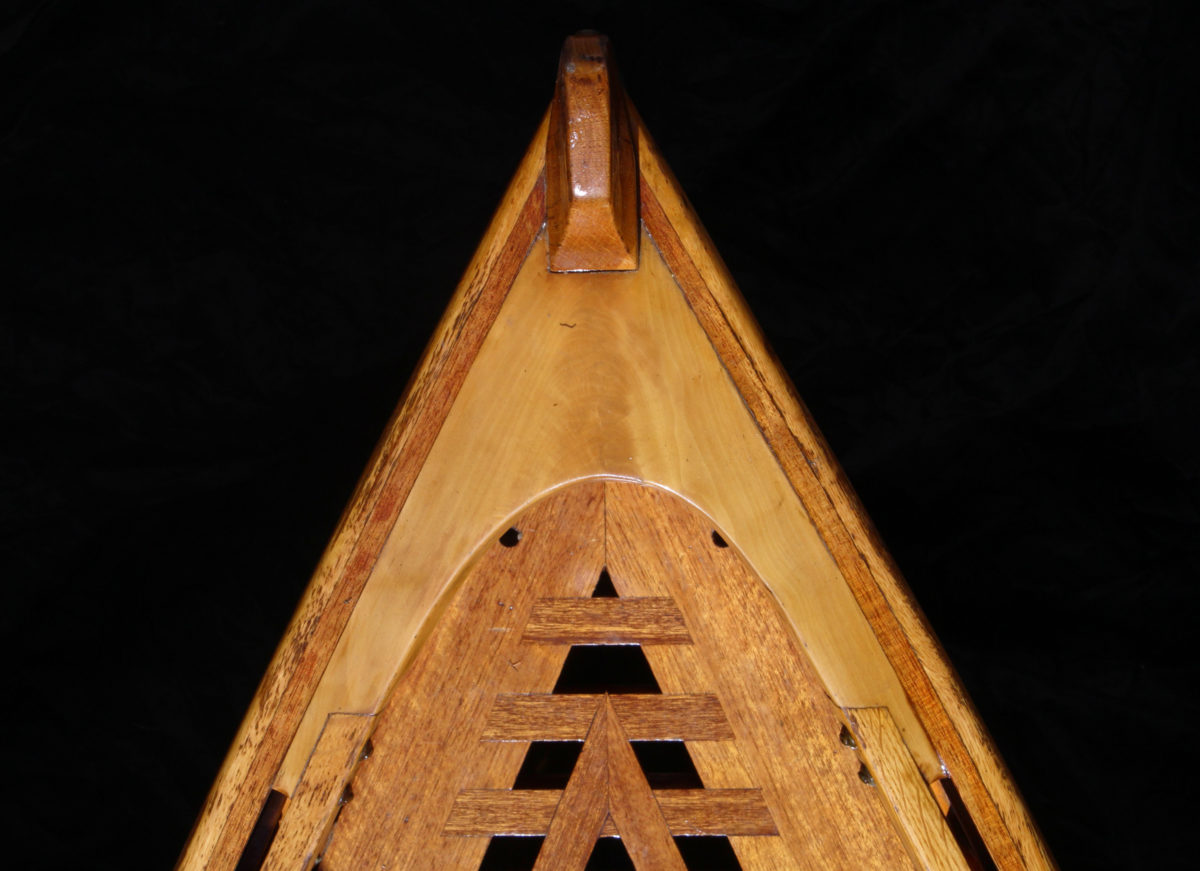
October 2016
Function and form
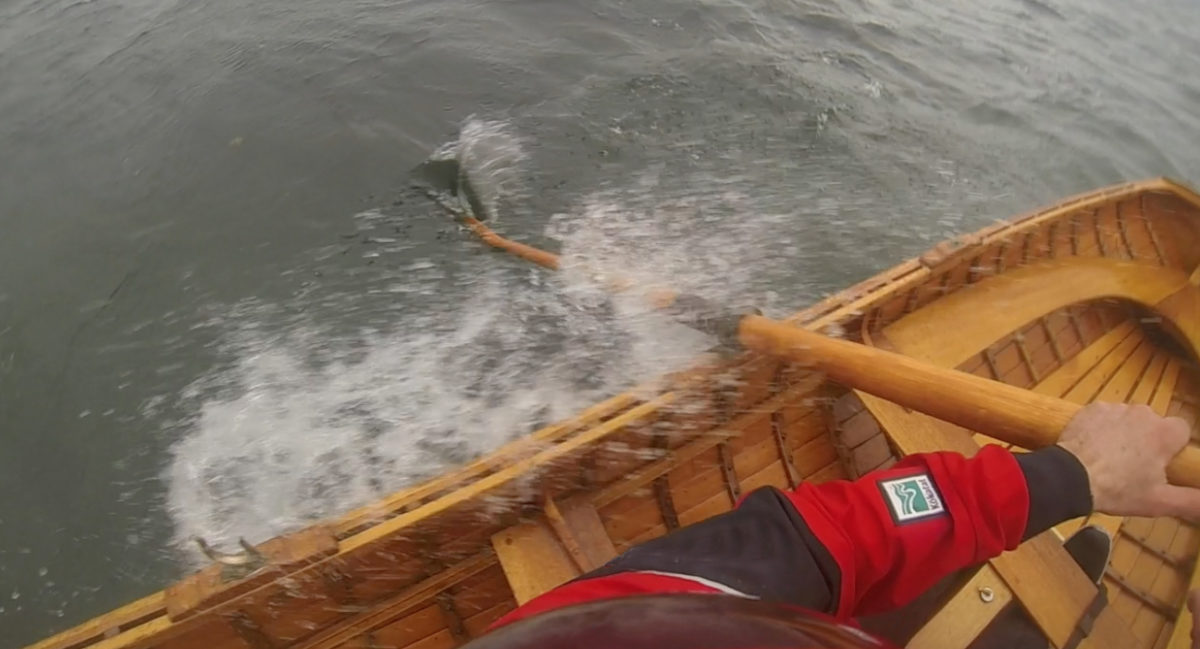
September 2016
An unusual use for a centerboard
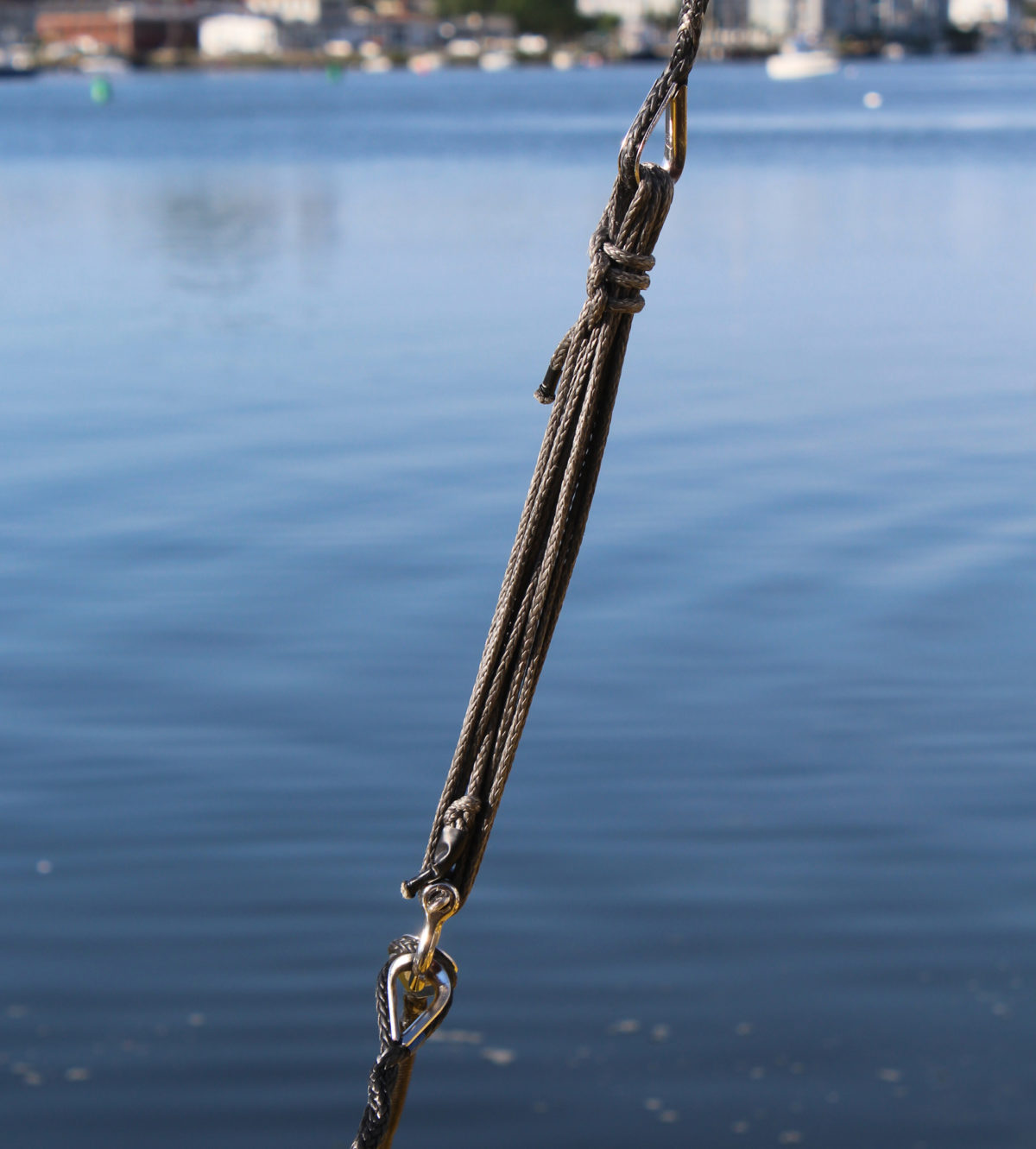
August 2016
Stronger than steel
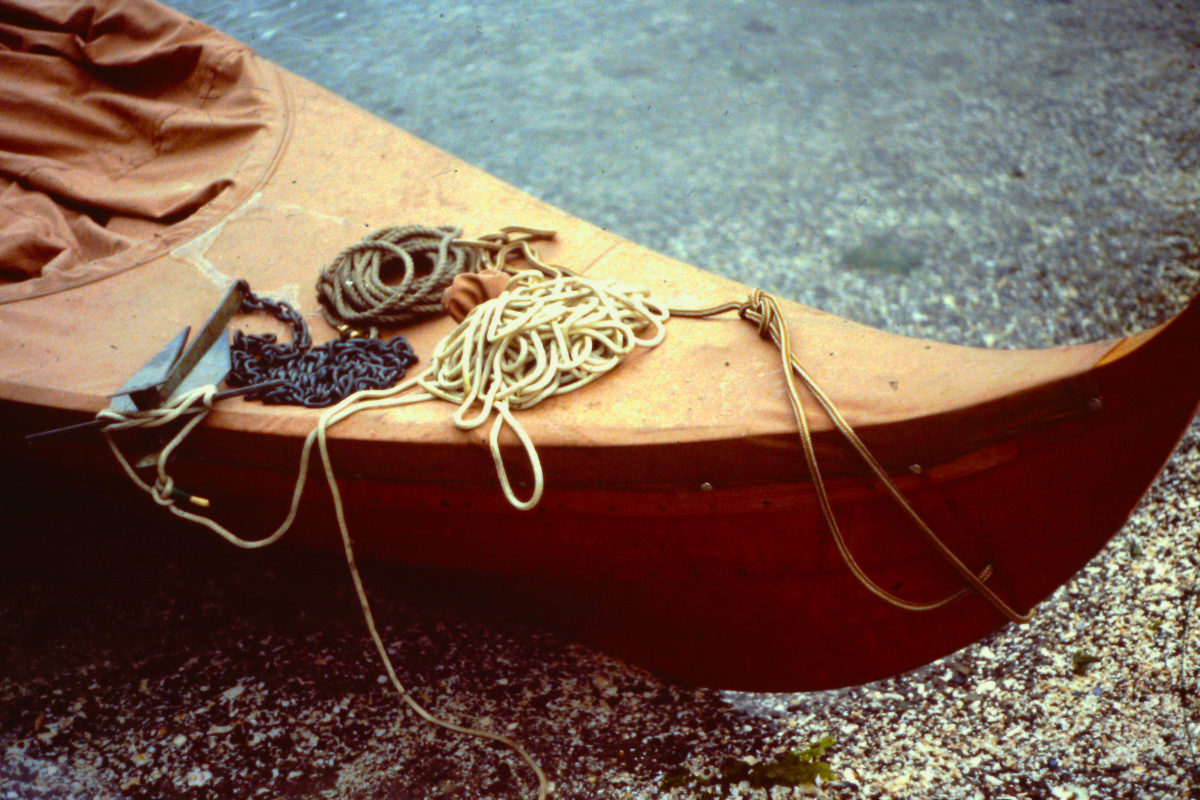
July 2016
Dropping the anchor while standing ashore
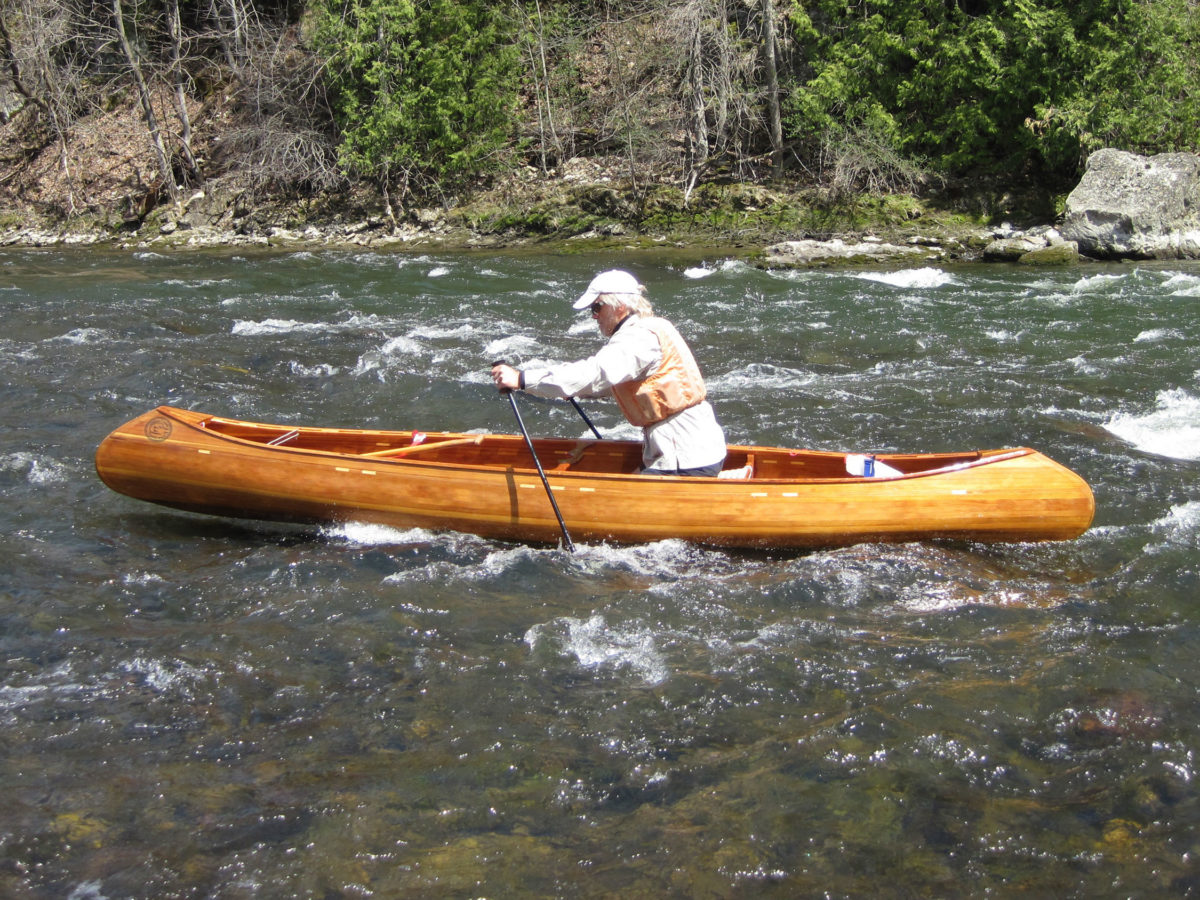
June 2016
A different take on a traditional technique
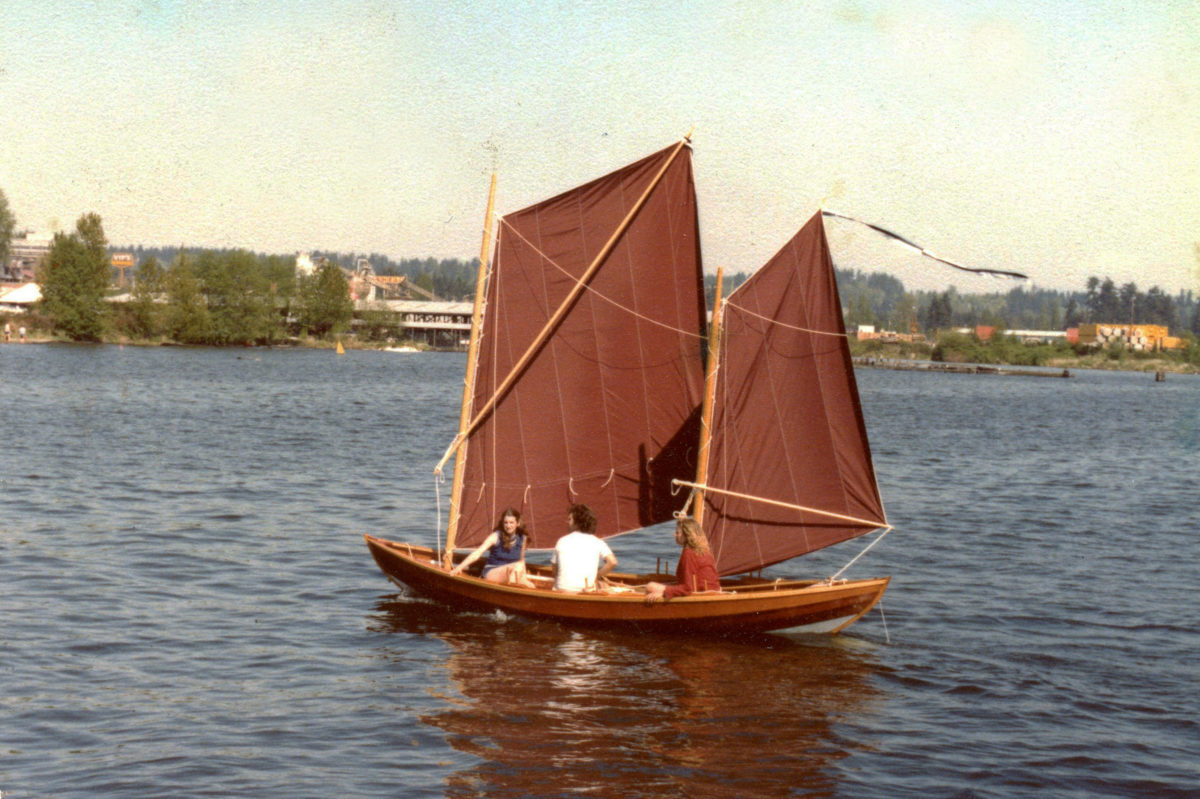
May 2016
Brailing, Reefing, and Furling
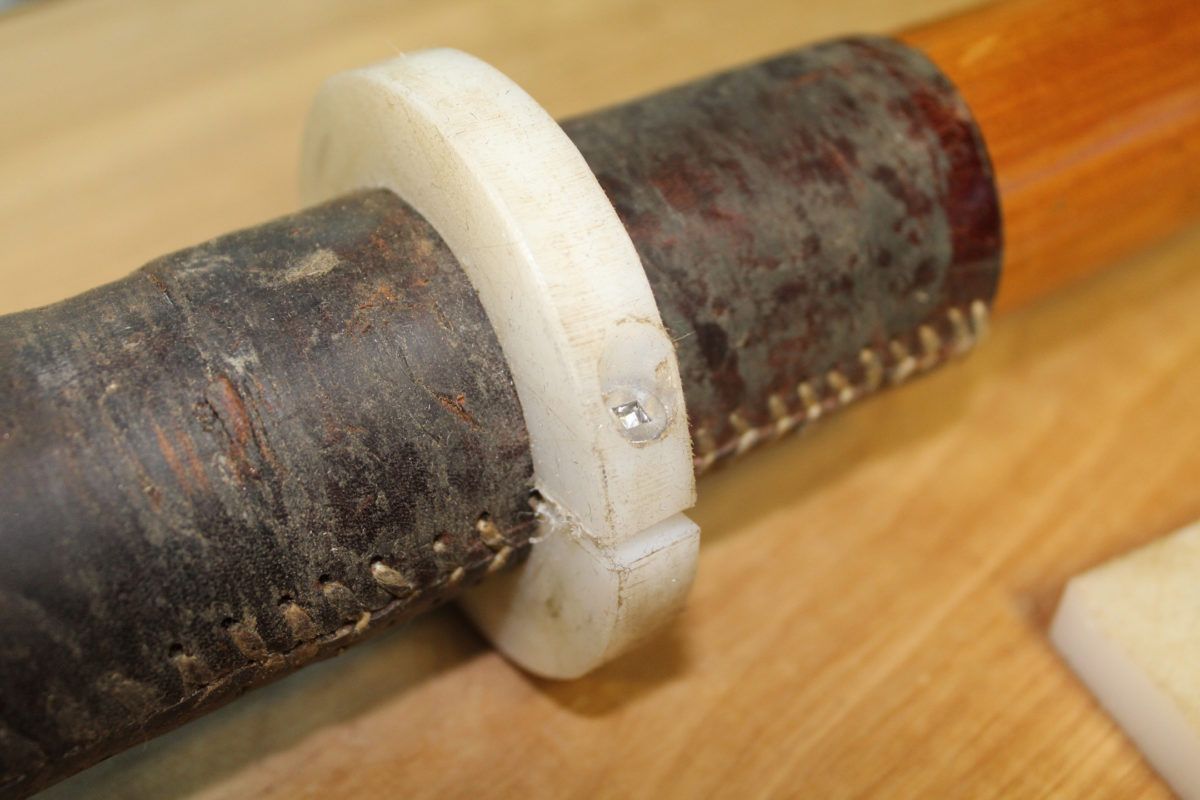
April 2016
Easy alternatives to leather collars
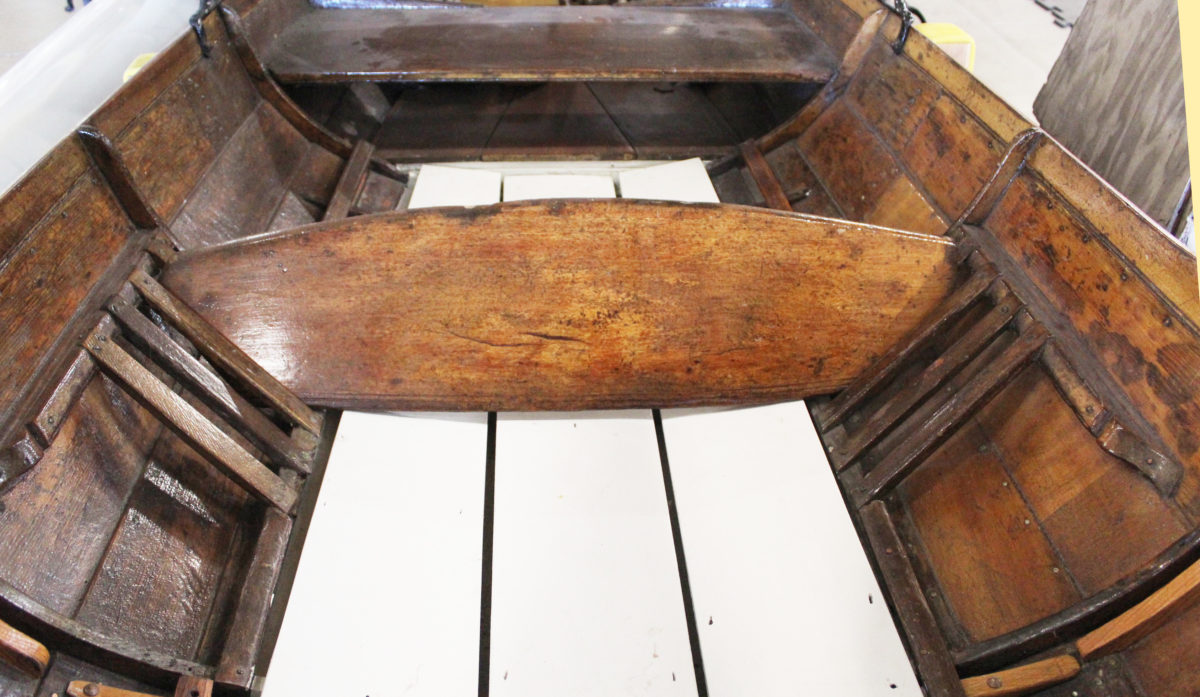
March 2016
Rowing's firm foundation
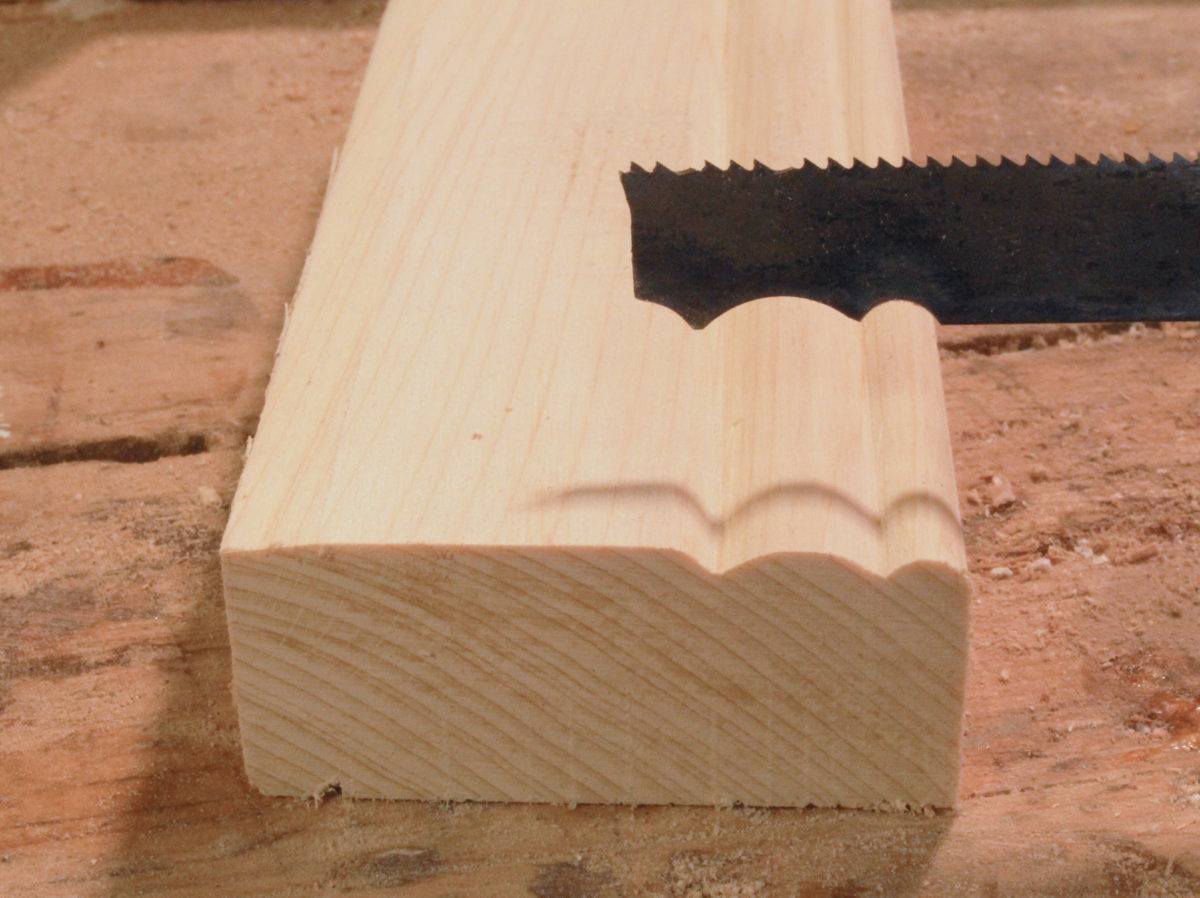
February 2016
Adding Accents to Edges
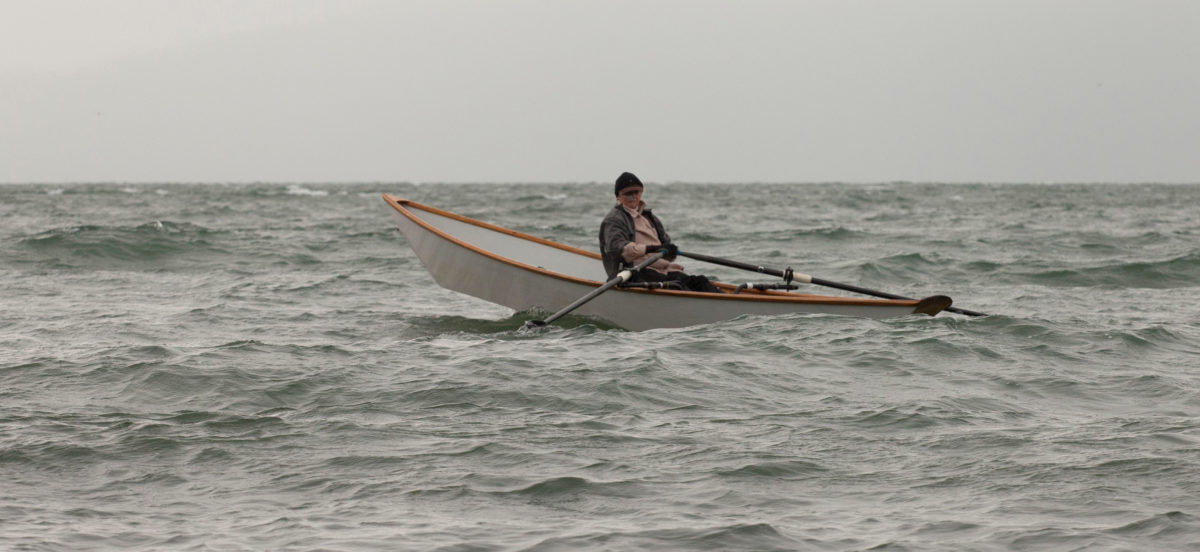
January 2016
When the going gets tough, relax
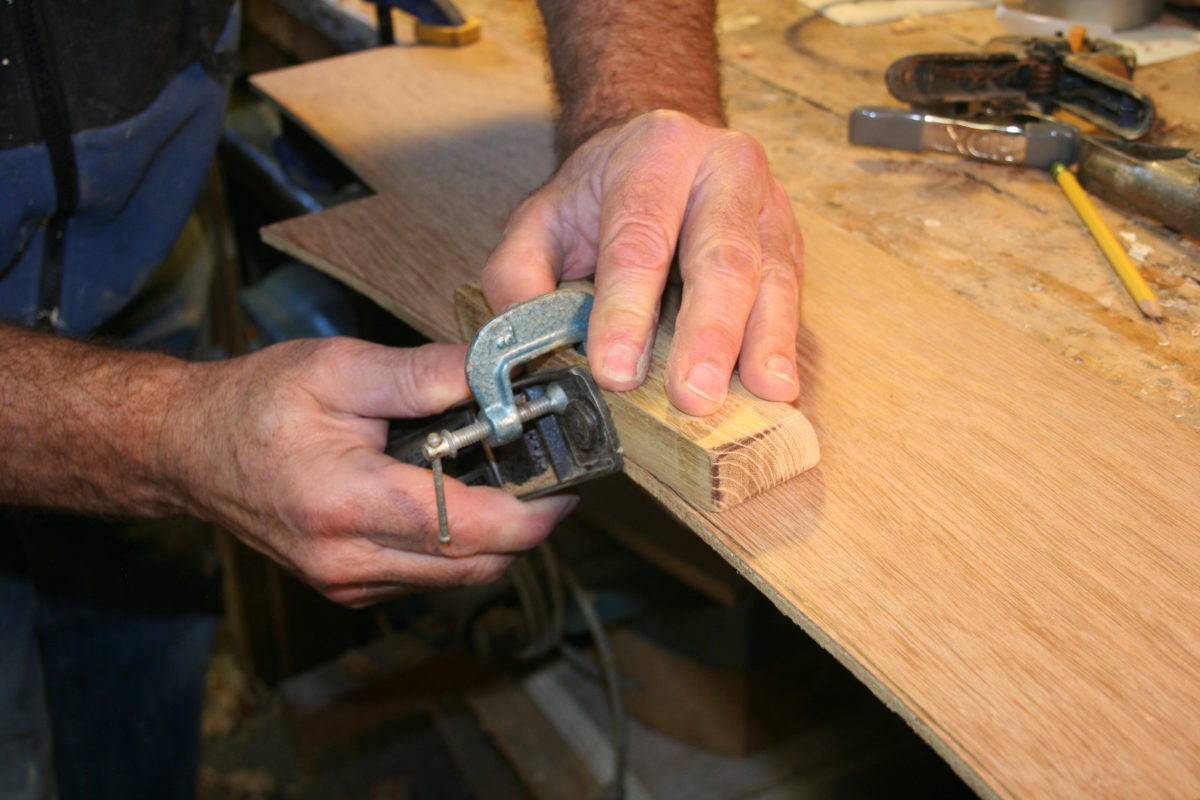
December 2015
Shop-made fences for planes and routers
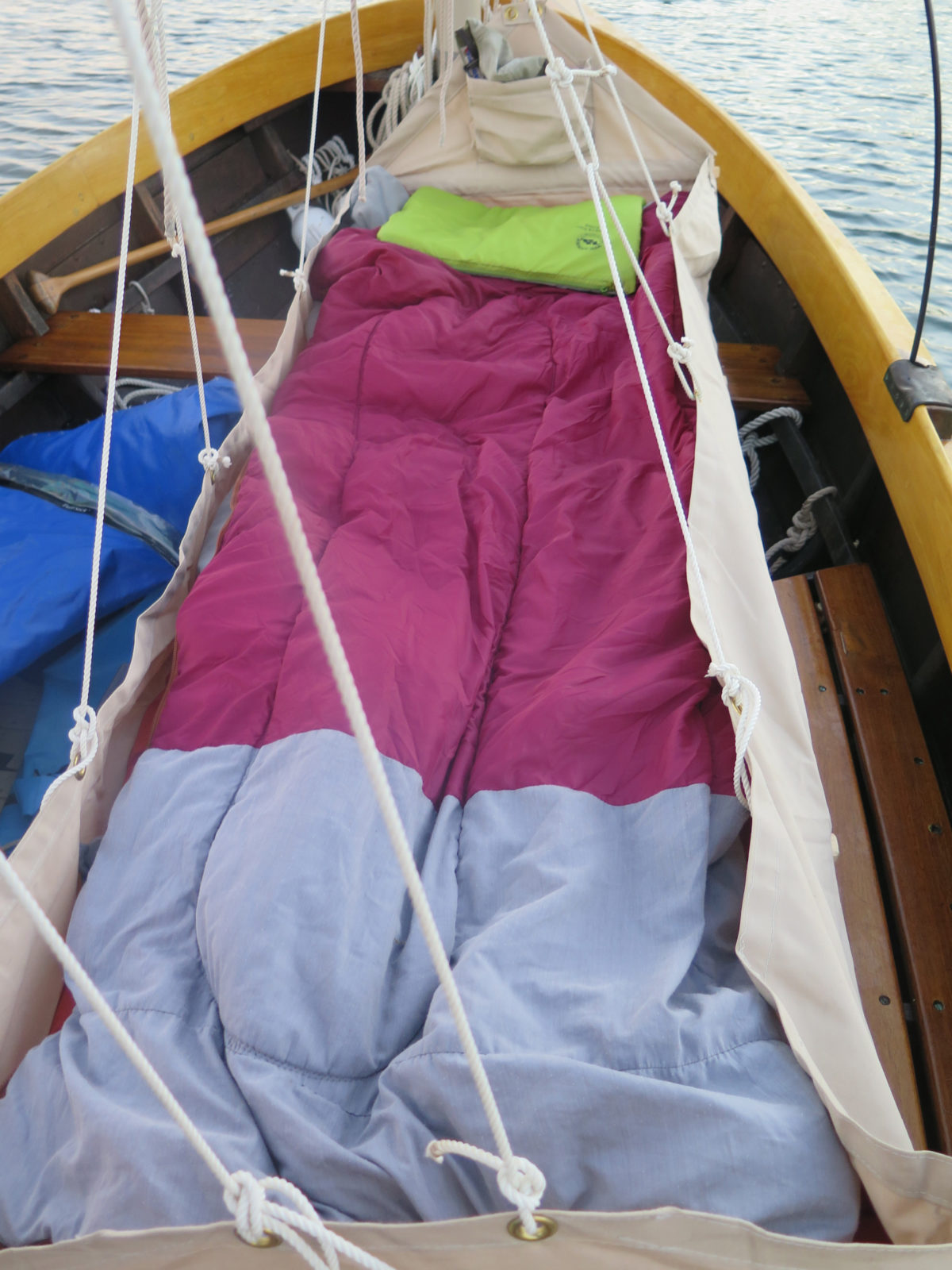
Small Boats Annual 2017November 2015
Simple comfort built around a camping pad

October 2015
An update for an ancient rig
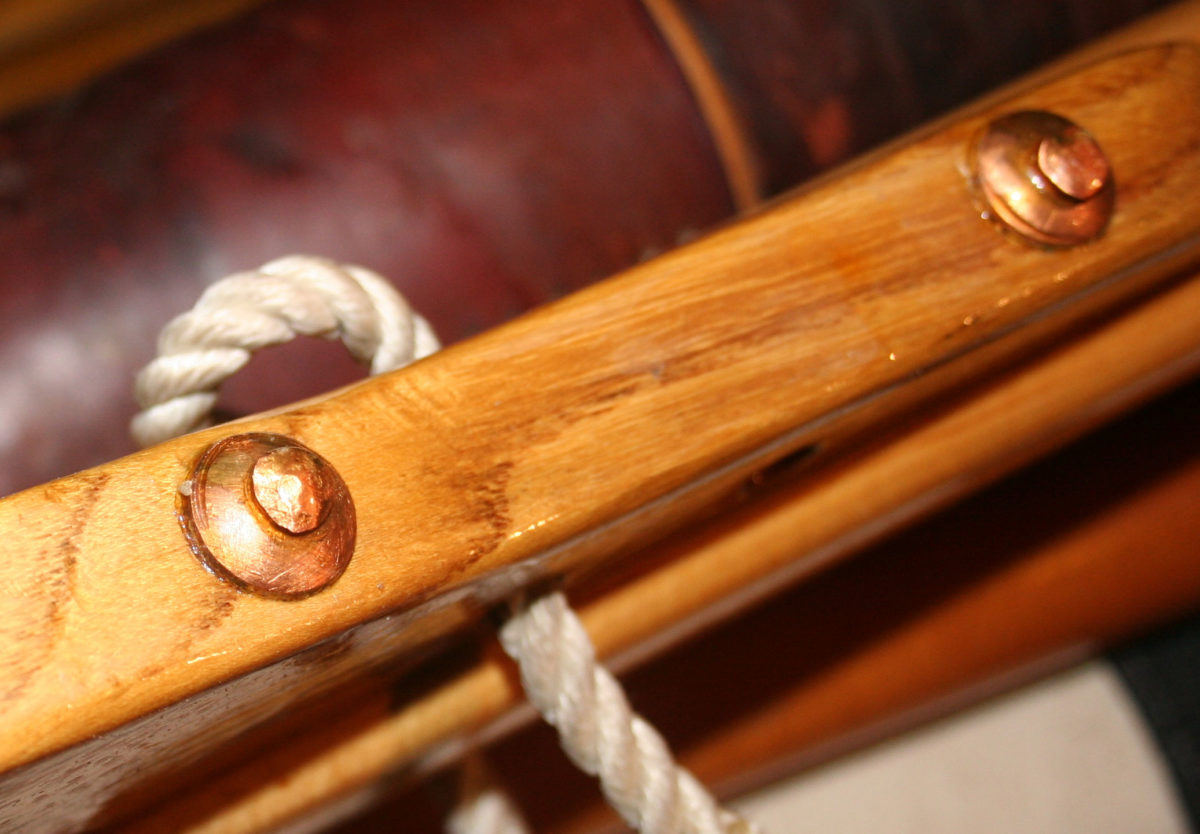
September 2015
Hammering common copper into shape